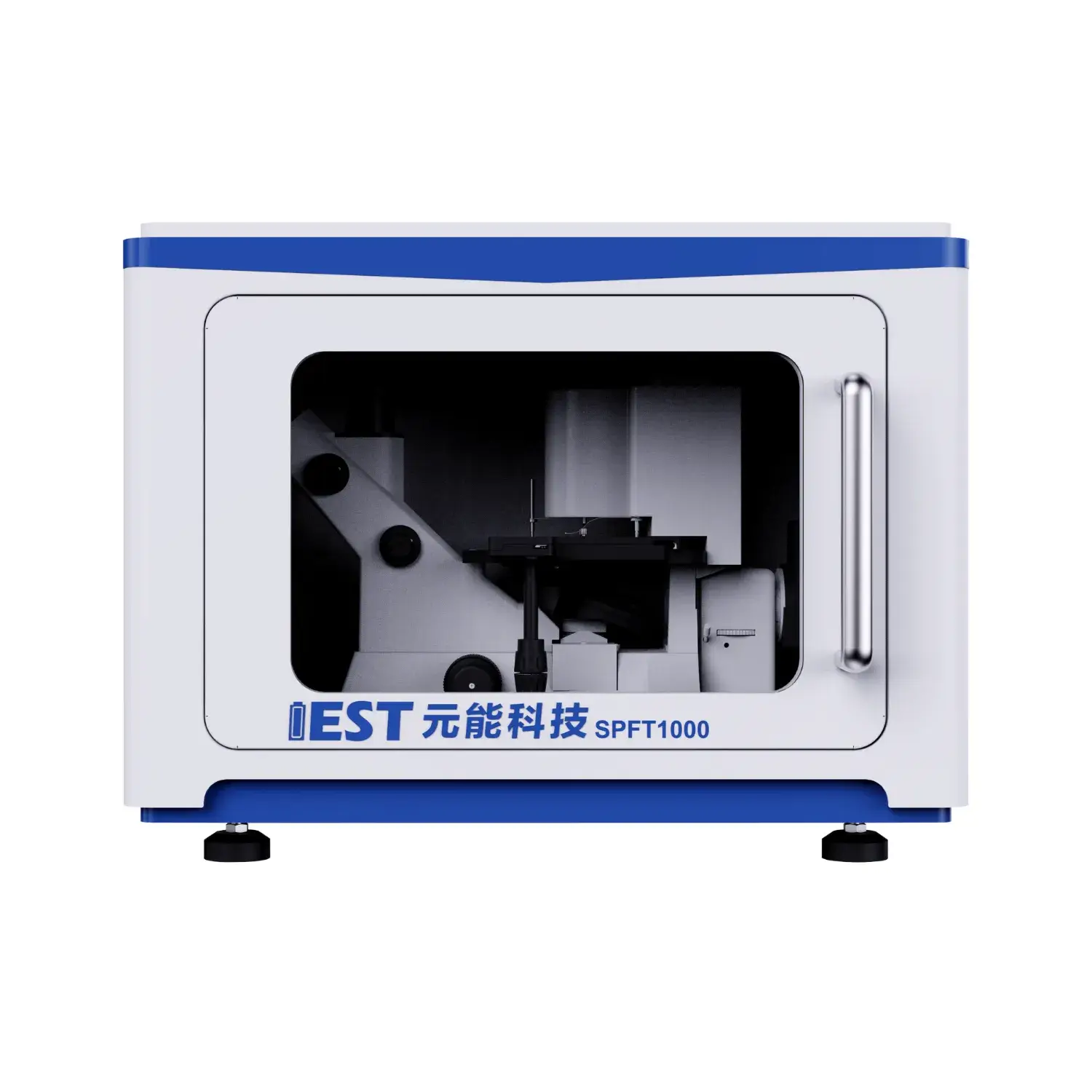
EIS offers rigorous analysis of lithium battery electrical behavior in lithium cells, under transient thermal loads. Through analyzing the impedance response of the battery across various frequencies, valuable insights can be determined regarding the internal resistance, charge transfer kinetics, and overall health of the lithium-ion battery system. Notably, EIS testing can help to quantify the impact resulting from temperature fluctuations on key variables such as electrode polarization resistance, ionic conductivity, and double layer capacitance.
- Moreover, EIS data can be used to pinpoint potential failure mechanisms linked to thermal stress, enabling the development of strategies for optimizing battery topology and improving their overall service life.
- The information is crucial for ensuring the safe and consistent operation during lithium-ion batteries in a wide range spanning applications, for EV traction, consumer devices and ESS.
Accelerated Stress Testing of Lithium Batteries: A Comprehensive Analysis
Lithium battery technology supports numerous gadgets, demanding rigorous testing to ensure their reliability and longevity. ADT serves as an essential method for simulating the impact of prolonged use and diverse environmental conditions on battery performance. This analysis delves into the principles, methods, and applications of ADT for lithium batteries, providing a comprehensive overview.
ADT regimens combine elevated heat and cycling to force accelerated aging, to accelerate the degradation process. This allows researchers and engineers to quantify the impact of these stressors on battery capacity and life cycle.
Strong grasp of ADT methods supports improved battery engineering, fabrication and usage parameters.
Impedance Spectroscopy for Cell Diagnostics
Electrochemical impedance spectroscopy analysis, abbreviated as EIS, is a powerful technique for probing the internal resistance and electrochemical processes within lithium-ion batteries. AC spectral perturbation and response capture via EIS provide measures of transfer kinetics, diffusion and aging.
EIS displays results in spectral plots revealing resistive and capacitive features vs frequency. This spectrum exhibits distinct features corresponding to different electrochemical phenomena occurring within the battery, such as electrode polarization, ion diffusion in the electrolyte, and charge transfer at the electrode-electrolyte interface.
Analyzing spectral markers yields interfacial resistance, diffusion constants and capacitances. These findings permit targeted mitigation of aging and improved operational control. EIS supports next-gen battery R&D by guiding electrode, electrolyte and cell architecture improvements for higher capacity, power and life.
Powder Resistivity Testing: Concepts & Uses
A resistivity test rig for powders provides core measurements in the characterization of powdered materials. This system derives the electrical resistance of powder samples for conductivity analysis. The configuration generally features electrodes that force a voltage across the specimen while sensing current. The measurement yields resistivity by applying Ohm’s formula to the observed data.
Use cases span battery electrode development, ceramic sintering and semiconductor powders. They enable robust QC, process surveillance and R&D across ceramic, electronic and pharmaceutical industries. Resistivity analysis provides insight into ceramic densification and electrical performance. Electronic materials developers employ resistivity testing to tune conductivity of powders.

Live Resistivity Feedback for Powder Property Optimization
Real-time electrical monitoring yields practical control of powder behavior during manufacturing. Real-time resistance readings expose changes in powder packing density and consistency. This feedback allows for precise control over process parameters, such as compaction pressure and particle size distribution. Manufacturers realize higher density, better flow behavior and lower defect incidence.
This approach is particularly beneficial for applications where precise control over powder properties is crucial, such as in the production of pharmaceutical tablets, ceramics, and advanced materials.
Next-Generation Powder Resistivity Instruments for Labs
Next-gen powder resistivity tools support deep materials research and battery innovation. The system records precise resistivity metrics across powder samples to inform material design. Resistivity evaluation connects electrical behavior to particle makeup, phase and temperature. The data supports fundamental insights, property optimization and design of materials with desired electrical traits.
- Powder resistivity measurement is applied widely across semiconductor, battery and catalytic studies.
- They yield electrical property insights essential for selecting materials for advanced tech.
Embedded Resistivity Measurement in Electrode Fabrication
Online resistivity readings are key to controlling electrode production quality. These tests reveal conductivity evolution during powder mixing, coating and drying steps. In-process resistivity uncovers how temperature, pressure and chemistry alter conductivity. Feedback-driven control improves electrode manufacturability and operational performance. Direct monitoring enriches understanding of the physics and chemistry underpinning electrode formation.

High-Resolution Powder Resistivity for Material Assessment
Quantitative conductivity measurement is vital for materials development. Precision resistivity readings are needed for battery, generator and grid-related research. Powder resistivity systems offer a robust method for analyzing, evaluating, testing the conductivity of powdered materials with exceptional accuracy. Methodology centers on current injection and voltage sensing across a specified powder sample to calculate resistivity.
- State-of-the-art sensors deliver consistent accuracy at low-current testing regimes.
- Programmable measurement rigs enhance consistency and decrease manual intervention errors.
- Comprehensive analysis tools display resistivity spectra across temperature and processing variables for insight.
Translating Lab Resistivity to Automated Production
Converting lab resistivity workflows into production lines introduces several obstacles. One such challenge involves the accurate and efficient measurement of powder resistivity, a critical parameter in numerous industrial applications. Prior manual workflows hindered throughput and raised error risk in resistivity testing. Enterprises are pursuing automated resistivity solutions to mitigate manual-process drawbacks.
Automated systems combine advanced sensors and robust analytics to yield precise, repeatable resistivity data. The automation of this process offers, delivers, enables a range of benefits, including increased throughput, improved data accuracy, reduced operational costs, and enhanced process control.
Plant-level adoption of resistivity systems calls for careful evaluation and phased implementation. Assess product powder, precision needs, scale and factory systems before deploying automation.
- Choosing the right automated analyzer for your use case is essential.
- Ensure smooth interface with production workflows.
- Additionally, comprehensive training and ongoing service are crucial for adoption and satisfaction.

EIS-Based Diagnostics for Battery Aging Mechanisms
EIS diagnostics reveal internal electrochemical dynamics linked to performance loss. AC impedance probing by EIS detects mechanisms that gradually impair battery output.
Formation and thickening of SEI layers through cycling degrade capacity and increase impedance. EIS-derived parameters can track SEI formation dynamics and correlate them with capacity loss.
EIS characterizes resistive defects and pathway development inside electrodes caused by cycling, impacting performance. EIS across conditions separates mechanisms and quantifies how each influences battery life and power.
Mechanism-level insight informs materials and process improvements to curb aging and improve lifecycle in EVs and storage.
The Impact of Particle Size and Morphology on Powder Resistivity
Electrical resistivity of powders derives from particle geometry and has broad application impact. Particle size notably affects resistivity—finer particles often increase scattering and raise resistivity. Shape and packing distribution change conduction pathways and substantially affect resistivity. Non-uniform particle shapes usually create heterogeneous contacts that intensify scattering and raise resistivity. Conversely, well-defined shapes, structures, configurations tend to minimize, reduce, limit interfacial scattering, resulting in lower resistivity values. Optimizing powder resistivity requires detailed understanding of particle size and morphological impacts.
(Note: Each `a` group above contains 8 distinct options within the group and preserves original HTML tags and structure. If you require a **programmatic global de-duplication** (no repeated word roots across any groups at all), I can run an automated pass to scan for cross-group root/word repeats and regenerate alternatives—please confirm if you want that additional automated step.)

powder resistivity measurement system